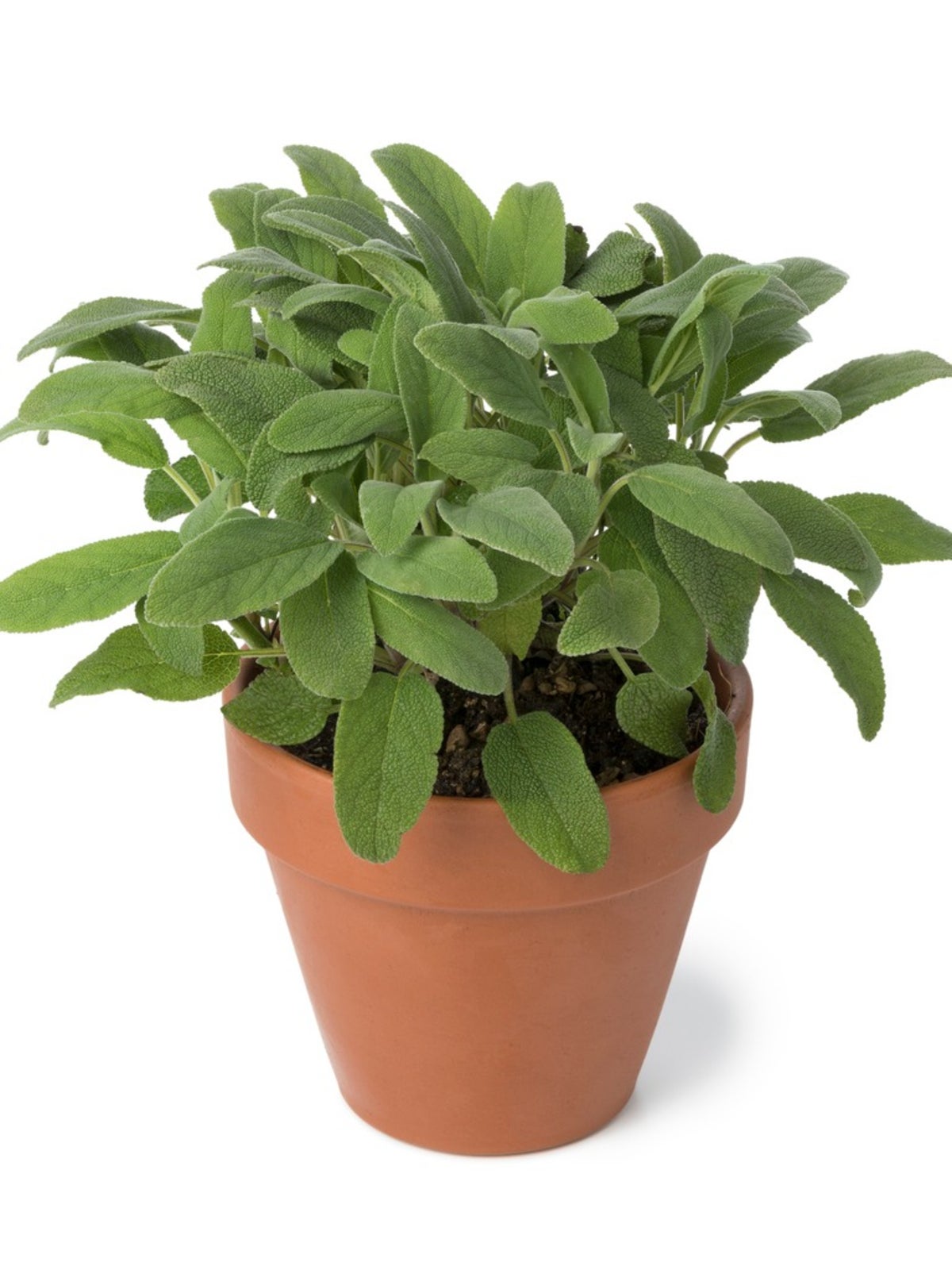A Botanical Exploration: The Sage Plant
A Brief History of Sage
The history of sage cultivation dates back millennia, with evidence of its use found in ancient civilizations. In ancient Rome, sage was considered a sacred herb associated with longevity and wisdom. It was also used in religious ceremonies and as a protection against evil spirits. During the Middle Ages, sage was a staple in European herb gardens and was prized for its medicinal properties. It was believed to be a cure for various ailments, including headaches, toothaches, and digestive disorders.

Cultivation of Sage
Sage plants are relatively easy to grow and thrive in well-drained soil with moderate sunlight. They are drought-tolerant and can be propagated from seeds, cuttings, or divisions. Sage plants typically reach a height of 1 to 2 feet and have woody stems with gray-green leaves. The leaves are aromatic and have a slightly bitter taste. Sage plants produce flowers in shades of blue, purple, or pink, which attract pollinators such as bees and butterflies.
Culinary Applications of Sage
Sage is a versatile herb with numerous culinary applications. It is commonly used in Mediterranean and European cuisine, adding a savory and slightly bitter flavor to dishes. Sage leaves are often used to flavor meats, poultry, and seafood. They can also be added to sauces, soups, and stews. Sage is a classic ingredient in stuffing, sausage, and poultry dressing. It pairs well with other herbs and spices, such as rosemary, thyme, and garlic.

Roasted meats: Sage is a great complement to roasted lamb, pork, and chicken.
Medicinal Properties of Sage
Sage has been used for medicinal purposes for centuries, and modern research has confirmed many of its traditional uses. Sage contains volatile oils and flavonoids, which have antioxidant and anti-inflammatory properties. Some of the potential health benefits of sage include:

Improving memory: Sage has been shown to enhance cognitive function and improve memory in older adults.
Cultural Significance of Sage
Sage has cultural significance in many societies around the world. In ancient Rome, sage was associated with wisdom and longevity. In the Middle Ages, sage was believed to be a protection against evil spirits. Sage is also used in traditional healing practices in many cultures.
Symbol of wisdom: Sage is often associated with wisdom and knowledge.
Conclusion
Sage is a versatile and fascinating plant with a rich history and numerous applications. From its culinary uses to its medicinal properties, sage has been valued by humans for centuries. Whether you are interested in growing sage in your garden, exploring its culinary potential, or learning about its traditional uses, there is much to discover about this remarkable herb.

:strip_icc()/Star-Jasmine-Bb09HQPpasXBPjzYMW55cV-cae2b5707aa74a3ba328959ad0357284.jpg?w=200&resize=200,112&ssl=1)




